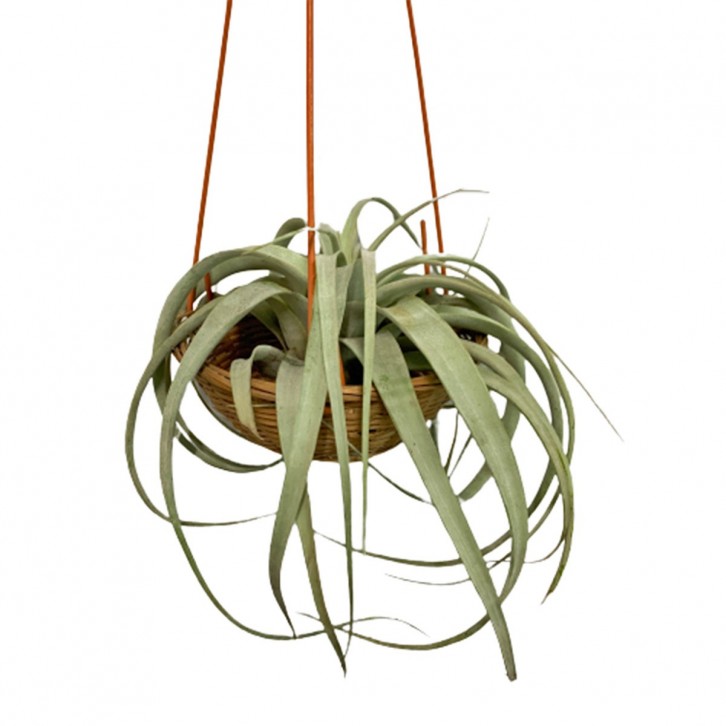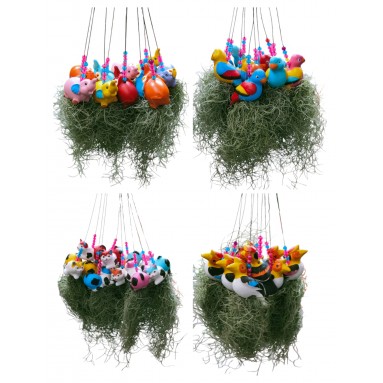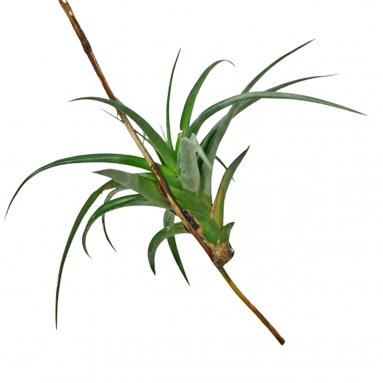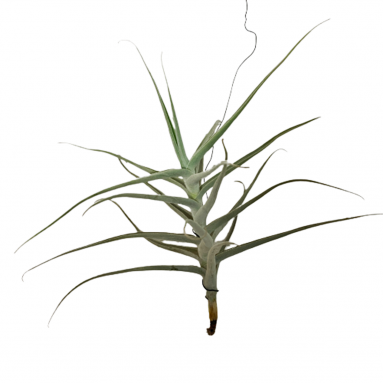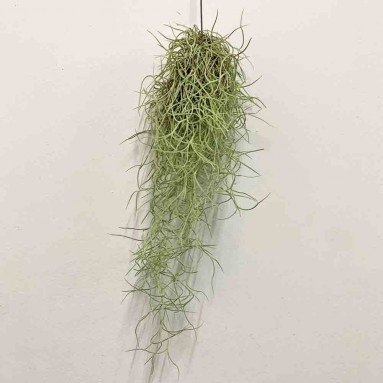Tillandsia Xerografica (Air Plant)
$35.40
incl. GST
- The actual plant may differ as each pot has its own unique natural look and although look identical but never 100% similar to the image pictured here.
- Flowers/Fruits are seasonal and plants may not be with flowers/fruits at the time of order/delivery.
- Overall Height is measured from the bottom of the pot to the tallest point of the plant vertically.
PRODUCT MEASUREMENT
- Plant Overall Height APPROXIMATELY:-
- 50cm for POT SIZE 15cm(Ø)
GENERAL INFORMATION
- The name “air plant” is actually a bit misleading.
- Members of the Tillandsia genus are so-called not because they can thrive on air alone, but because they require no soil at all to grow.
- In fact, assuming that Tillandsia only needs air to survive is one of the most common mistakes we see in air plant care.
- When it comes to indoor plant care, air plants (Tillandsiaspp.) are supposed to be some of the easiest.
- For starters, they don’t even need soil, absorbing water and nutrients through scales on their leaves.
- In the wild they survive just hanging onto the bark of trees and whatnot, catching whatever bit of rain and bird poop that comes their way.
FEEDING/FERTILIZER REQUIREMENT
- Use a bromeliad mix (air plants are in the bromeliad family).
- Don’t overdo it—plants can burn from too much fertilizer.
LIGHT REQUIREMENT
- Bright filtered or indirect light is ideal for indoor air plants.
- Some direct sun works, too (morning is better), but they shouldn’t be baking all day.
- Think “rainforest” and do your best to reproduce those conditions in a small space.
WATER REQUIREMENT
- Every one to two weeks, soak your air plant in room temperature tap water (or rain/pond water if you can find it) for 5-10 minutes.
- After soaking gently shake excess water from your plant.
- Turn it upside down and place it on a towel in a bright space.
- Air plants will quickly rot if they are allowed to stand in excess water.
- From the time the soaking ends, the plant should be able to dry fully in no more than 3 hours.
- If your plant stays wet longer than this, it may rot.
- Try placing it in a brighter place with more air circulation to facilitate faster drying.
- 1-3 hours is the optimal drying time for your air plant after soaking.
- Once a week, mist your plant thoroughly so that the entire surface of the plant is moistened (but not so much that there is water dripping down into the plant).
- The hotter and dryer the air (summer, early fall) the more you need to water.
- The cooler and more humid the air (winter and spring) the less water your air plant will need.
- Do all watering in the morning.
- Evening soaking or misting disrupts the plant's ability to respire overnight and extends drying time.
